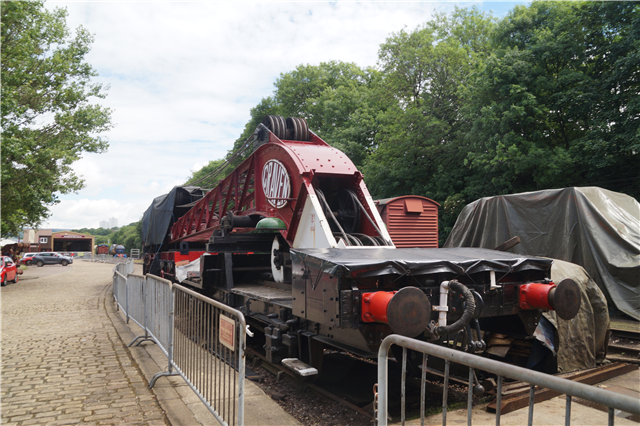Craven Brothers was a British engineering firm started in 1853 by brothers William and John Craven that built large machine tools for railway and engineering workshops and later workshop and railway cranes. Craven brothers began to make railway wagons in 1866 when railway companies also pulled wagons, particularly purpose-built wagons, for other owners. A third brother, previously an architect and timber merchant, soon joined them.
John Brown & Company acquired a substantial interest in Craven's in 1919 "not only as in itself a sound investment but as a means of ensuring a friendly customer for much of the company's product in railway material". By 1965 John Brown found that Craven's major home customer, British Rail, was also its competitor both at home and in export markets and elected to withdraw.
In 1928, Craven Brothers acquired the machine tool interests of Armstrong Whitworth, Joshua Buckton & Co and Thomas Shanks & Co. The crane division was sold to Herbert Morris of Loughborough in 1928, with the crane work being transferred to Loughborough in 1931. In 1939, the company purchased the Victoria Works in Saxon Street, Denton from Knight & Hale. The Machine tool division at Reddish remained in business until 1966.
In 1966 Metropolitan-Cammell absorbed the railway rolling stock business of Cravens. In 1967 the remaining rolling stock business switched to making shipping containers under the name Cravens Homalloy. The engineering division became Bone-Cravens and made plastic extrusion and plastic moulding machines.
